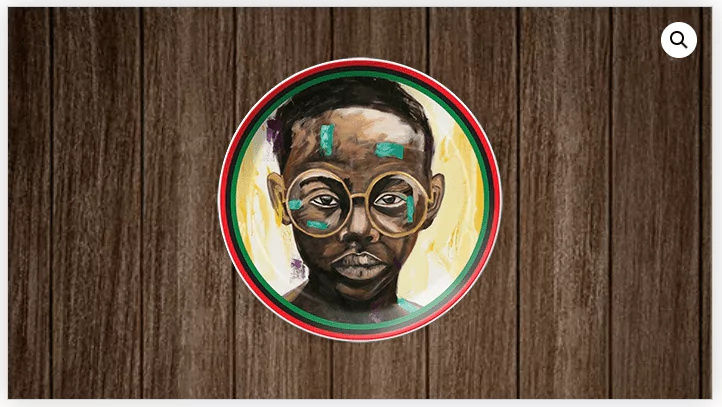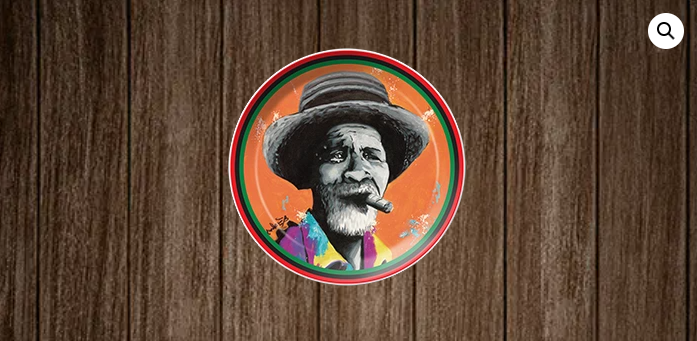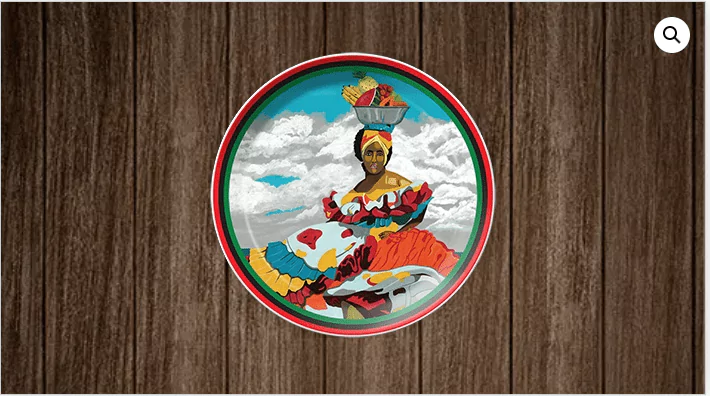Schedule Appointment
Schedule Appointment

The conversation around African and American culture is as varied and deep as the individuals who embody these identities. Though the cultures share a common ancestry, their histories, experiences, and expressions are unique. The distinction between African and African American culture must be known to see how African heritage has developed across continents, informed by geography, history, and determination.
From African villages to American city streets, from ancestors’ rituals to Sunday morning barbershop conversations—African and American cultures are two deeply entrenched branches of the same tree. Both cultures continue to shape the world in profound ways through identity, art, and community.

First, let’s define African and American culture as it pertains here. African culture is the customs, languages, beliefs, and traditions practiced throughout the 54 varied nations of Africa. It is as broad as the continent—from the Maasai in Kenya to the Yoruba in Nigeria and the Zulu in South Africa.
In contrast, American, or more specifically African American, culture emerged from the descendants of enslaved Africans in America. It is heavily impacted by African heritage but formed under centuries of survival, accommodation, and invention in the context of the harsh conditions of slavery, segregation, and institutional inequality.
The merging of African heritage with the specific African American experience creates a crucial component of African and American culture—a hybrid area of resistance, pride, and change.
Although they share a common heritage, there are key differences between African and African American cultures that are critical to note respectfully and accurately.
African cultures developed in their homelands, unscarred by the trauma of the transatlantic slave trade. African American culture, on the other hand, emerged out of displacement, forced labor, and survival in a system that attempted to erase identity.
This has a very significant impact on the way identity, family, and traditions are understood. Cultural reclamation for most African Americans is an act of healing and resistance.
Africans tend to be raised in native and colonial languages (e.g., English, French, Portuguese). Indigenous religions, Islam and Christianity, exist side by side and tend to blend with traditional spiritual practices.
African Americans primarily speak English, and their spirituality often centers on Christianity, particularly the Black church. However, recent years have seen a revival of interest in African spiritual systems like Ifá, Vodun, and Kemetic traditions, reflecting a reconnection to African roots within African and American culture.
In most African communities, the idea of the extended family is central. Elders have great authority, and collective responsibility is underscored. African American families, while frequently grounded in the same values, have been forced to redefine family through resilience—extended families, chosen families, and network-based communities all have important functions.

This difference is commemorated in creative works such as the First Generation College Student plates, honoring dreams and sacrifices through many generations. It celebrates those who have blazed new trails, tapping strength from African heritage and African American resolve.
African people’s daily lives include rituals based on nature, heritage, and village or city life cycles. Conventional music, dance, fashion, and food are extremely localized, differing from tribe to tribe and nation.

In contrast, African American culture tends to represent the urban and rural nature of life in the United States—barbershops, jazz clubs, block parties, churches, and historically Black colleges and universities (HBCUs) all function as cultural centers. The Social Hour at the Barber Shop plates memorializes one place where mentorship, history, humor, and brotherhood converge. Such places represent the black or African American culture in their lived state.
One of the deepest means that African and American culture continues to develop is through art. African art has traditionally reflected religion, tribal identification, and association with ancestors. Masks, clothing, beadwork, and carvings convey symbolic meanings preserved for centuries.

African American art—murals, jazz, poetry, soul food—are frequently acts of resistance, recall, and declaration. Series like The Fruit Ladies Plates honor Black women’s strength, work, and beauty through traditions of mothering and entrepreneurialism in glowing colors and searing imagery.

Then there is Mary’s Hope – A Savior for the World plates, a symbolic union of spiritual heritage and future vision. This art is about a combination of African spirituality and Christian belief—a spiritual marriage that characterizes African and American culture.
African and African American cultures hold storytelling as teaching, healing, and recording history. Proverbs in Africa are as significant as a grandmother’s kitchen wisdom in the American South.
These common values are seen in cultural objects, stories, and family traditions—reminders that African and American cultures are not two distinct but parallel narratives within a broader tapestry of history.
In the modern world, the boundary between African and African American culture remains blurred in lovely ways. Through cultural exchange programs, social media, fashion, and music collaborations, young people across the diaspora create bridges.
Afrobeats and hip-hop, Ankara prints and street fashion, Black Lives Matter, and Pan-Africanism are the contemporary interests of African and American culture. Individuals of African origin are reinterpreting and reinventing their roles in a universal narrative that respects adversity and excellence.
Understanding African and American culture requires accepting complexity. It requires respect for the Middle Passage’s horrific history and joy for the unbreakable spirit that endured it. It requires acknowledgment that though Africa and the African American experience vary, they are forever bound together by blood, memory, and soul.
The artworks, such as the First Generation College Student plates, Social Hour at the Barber Shop plates, The Fruit Ladies plates, and Mary’s Hope – A Savior for the World plates, are visual stories—crossing generations, countries, and identities. They are the true spirit of African and American culture: strong, innovative, proud, and continually changing.
Through an understanding of these cultural subtleties, we don’t only learn—our connection grows. And in that, strength lies.